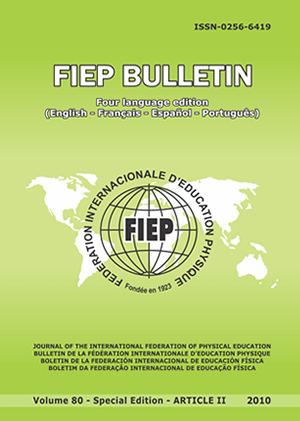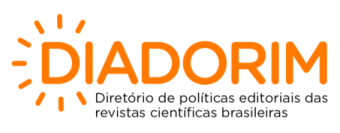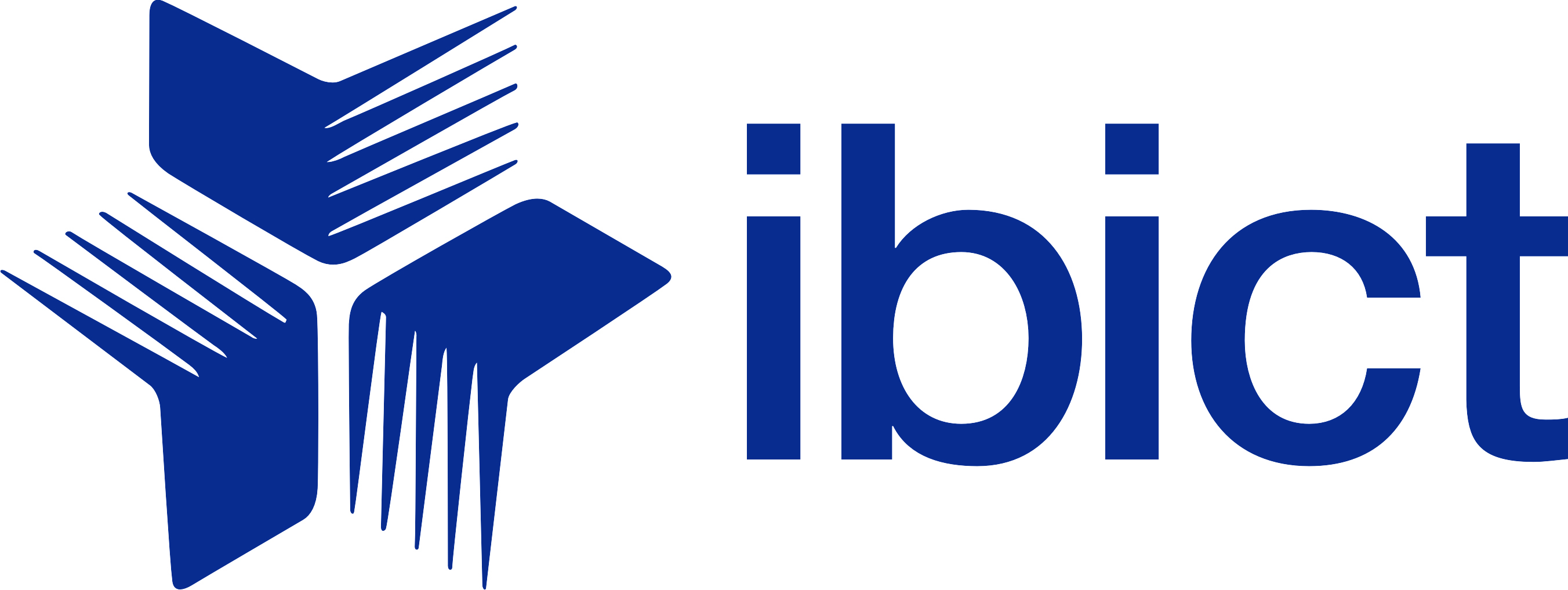01 - NUTRITIONAL PROFILE OF STUDENTS OF THE TRIPLE FRONTIER REGION – BRAZIL, PARAGUAY AND ARGENTINA
Keywords:
Nutritional State, Students, Triple Border RegionAbstract
Epidemiological studies carried out recently found that in almost all industrialized countries of the world, and also in developing countries, there has been an alarming increase in the prevalence of obesity among children and adolescents in the last four decades. This study aims to compare the indexes of nutritional status of children of different nationalities in the region of the Triple Frontier, which is a unique region in the world. Thus, this study aimed to evaluate physical growth and nutritional status of schoolchildren aged 6 to 12 years for both sexes, the cities of the Triple Border Region. This is characterized as a descriptive cross-sectional and covered the cities in the region known as the Triple Frontier, and these Ciudad del Este in Paraguay, Foz do Iguassu, Brazil, Puerto Iguazu, Argentina. Evaluations were performed according to guidelines proposed by Petroski, and the body mass index was obtained by the ratio of weight divided by height squared, while the WHO (1997). The calculation of the percentage of fat was performed by a specific equation for children and adolescents, proposed by Lohman (1987). And the classification of waist circumference followed the guidelines of Fernández (2004). The results of this study show high values for this population indicate a prevalence of overweight and obesity among the subjects involved in the process: 22.10% and 4.16% respectively. Thus, it is clear that there is an urgent need to encourage the practice of regular physical activity and the acquisition of adequate nutrition among children and adolescents, and in this context the physical education teacher plays a relevant role in this task.
Downloads
Downloads
Issue
Section
License
Autores que publicam nesta revista concordam com os seguintes termos:- Autores mantém os direitos autorais e concedem à revista o direito de primeira publicação, com o trabalho simultaneamente licenciado sob a Licença Creative Commons Attribution que permite o compartilhamento do trabalho com reconhecimento da autoria e publicação inicial nesta revista.
- Autores têm autorização para assumir contratos adicionais separadamente, para distribuição não-exclusiva da versão do trabalho publicada nesta revista (ex.: publicar em repositório institucional ou como capítulo de livro), com reconhecimento de autoria e publicação inicial nesta revista.
- Autores têm permissão e são estimulados a publicar e distribuir seu trabalho online (ex.: em repositórios institucionais ou na sua página pessoal) a qualquer ponto antes ou durante o processo editorial, já que isso pode gerar alterações produtivas, bem como aumentar o impacto e a citação do trabalho publicado (Veja O Efeito do Acesso Livre).










